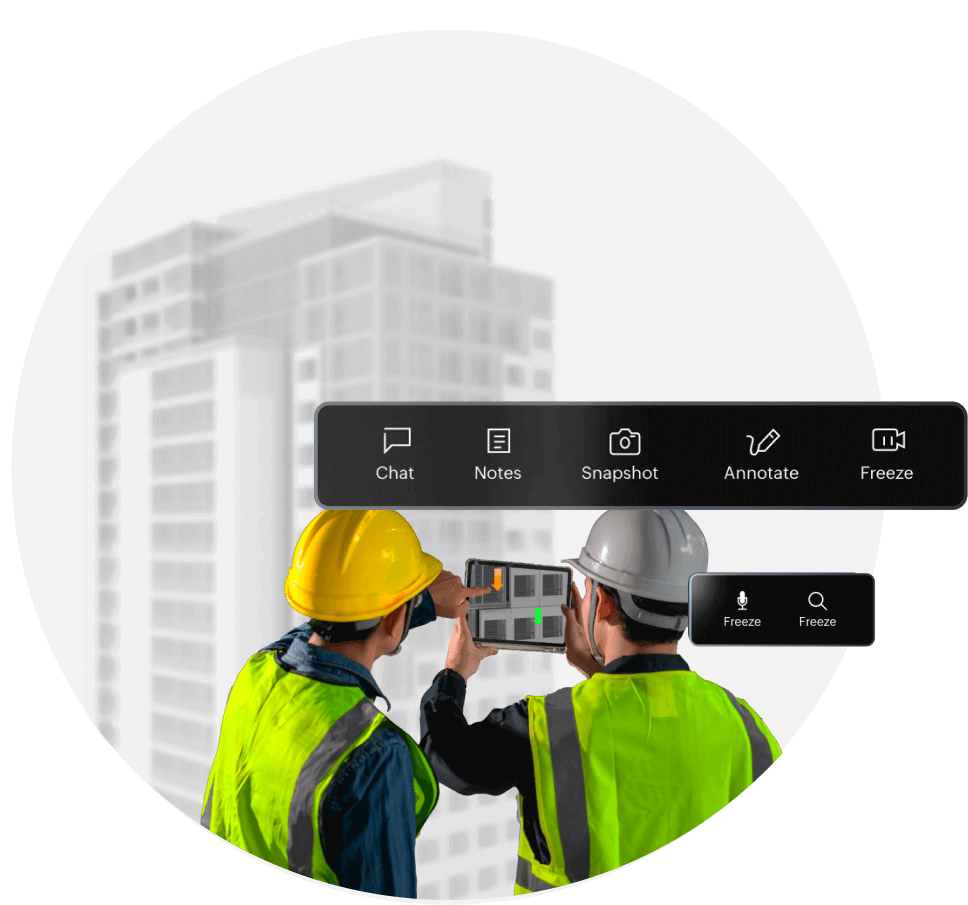What are smart glasses?
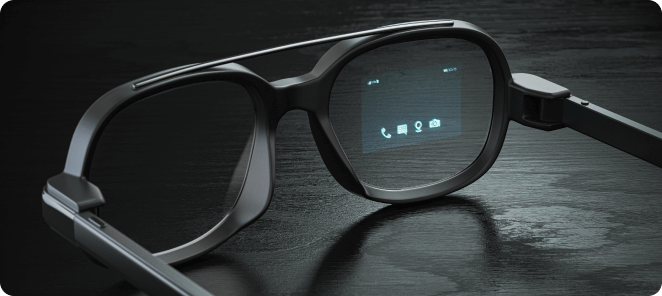
Smart glasses are wearable devices with a built-in microprocessor, display, camera, microphone, and speakers—essentially, a mini computer in the form of eyeglasses. Most pairs connect to WiFi and Bluetooth and can act as an extension of your smartphone (similar to a smart watch). Smart glasses allow you to answer calls, receive notifications, and use your daily apps.
What are augmented reality glasses?
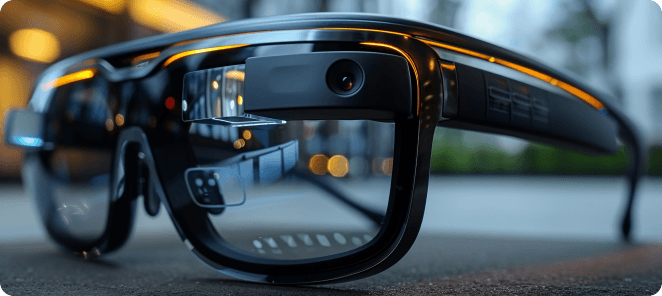
Augmented reality (AR) glasses, commonly known as AR headsets, are much more advanced than a regular pair of smart glasses. They come with sensors and powerful processors that are capable of running AR technology. These glasses provide an immersive experience by sensing the wearer's movements and gestures, and rendering digital elements like images, text, or videos onto the wearer's field of view.
Key benefits of smart glasses software
AR smart glasses software powers augmented reality experiences by integrating digital content with the glass over a user's field of vision. It helps SMBs achieve their full operational potential and provides crucial benefits, such as:
Hands-free operations and workflows
Referring to paper documentation or digital information on other devices can disrupt an employee's workflow. With AR software for smart glasses, they can receive visual instructions and access contextual information through voice commands or gesture recognition.
Immersive AR collaboration
Smart glasses software fosters holistic AR collaboration by allowing multiple users to see and interact with the same AR content, regardless of their physical location. With a wide range of tools, such as spatial markers and virtual comments, teams can communicate complex concepts effectively and accelerate decision-making processes.
Reduced travel costs
Using industrial smart glasses for remote assistance, onsite workers can receive instant help from experts and ensure that their work is completed without any significant delays. By reducing travel, companies can not only cut costs, but also lower their carbon footprints, contributing to more sustainable business practices.
Minimized equipment downtime
It can take time for maintenance staff to arrive on site and address equipment breakdowns. With smart glasses remote assistance software, frontline workers can quickly connect with the maintenance crew, receive step-by-step instructions, and get the machine up and running with minimal delay.
Enhanced workforce safety and productivity
Above all, smart glasses help companies ensure the safety and productivity of their workforces. They offer ergonomic benefits by reducing the physical strain associated with carrying handheld devices or paper manuals and provide an immersive, yet safe, training environment for workers.
Choose the right smart glasses for your business with this checklist
It can be challenging to choose the right smart glasses for your organization, especially considering the number of models available. Here's a list of factors to consider in order to make the right choice.
Determine your use case
Smart glasses offer a wide range of benefits, like hands-free workflows, remote immersive experiences, enhanced productivity, and improved safety. However, it's essential to identify the benefits that will have the greatest impact on your workforce. You may, for example, want glasses that will help with training new recruits, providing visual remote assistance to colleagues, conducting inspections, or overseeing complex processes.
Evaluate your work environment
In the industrial sector, workers are often exposed to harsh environments and extreme temperatures, and may need to operate heavy machinery. The ambient lighting and noise levels can vary in different parts of the shop floor. Taking these factors into consideration, you need to choose smart glasses that can withstand harsh conditions while still performing optimally.
Assess wearability and comfort
AR glasses come in different weights based on the use case and environment they are built for. They may be lightweight or heavy, and some can be fitted into a hard hat. There are options from Realwear and Vuzix that can be used with safety glasses. Ultimately, your workforce needs to be safe and comfortable while wearing smart glasses and working in an industrial environment.
Evaluate compatible software
While looking at smart glasses software for your enterprise, you need to take two things into account: features and compatibility. While specialized software for nearly every need is available on the market, it is ideal to choose one with versatile and comprehensive features. Once you find the right software for your needs, it becomes easier to select smart glasses that support it. This will help you get the best ROI in the long run.
Explore AR headsets and smart glasses that support Zoho Lens
Zoho Lens is remote assistance software that allows experts to use AR live streaming for connecting with distant users and providing live support for real-world issues. With its versatile tools and features, you can also provide training, conduct remote inspection, and collaborate with other teams remotely. Here are the AR smart glasses that support Zoho Lens' smart glasses app. Get a detailed breakdown of the supported smart glasses here.
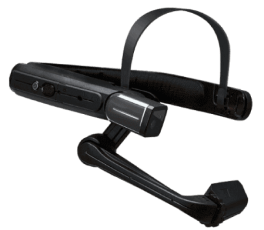

- HMT-1
- HMT-1Z1
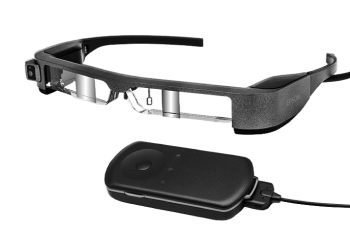

- BT-350
- BT-300
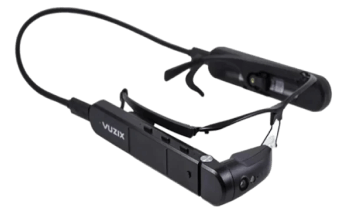

- M400
- M4000
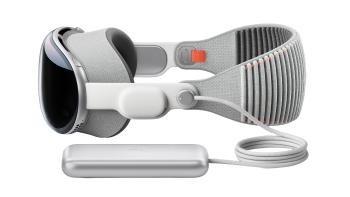

System compatibility
Zoho Lens needs three components to function effectively: two devices and an internet connection. Anyone can start a Zoho Lens session from their web browser or mobile app. However, a user can only join the session through a mobile device, tablet, or pair of smart glasses. Zoho Lens runs on popular web browsers, like Chrome, Safari, Ulaa, and Edge, and on mobile platforms, such as Android and iOS.
- Web Browser
- Mobile operating system
- Required Bandwidth
Web Browser
- Mozilla Firefox - Version 44 and above
- Google Chrome - Version 56 and above
- Microsoft Edge - Version 79 and above
- Apple Safari - Version 10.1.2 and above
- Opera - Version 51 and above
Mobile operating system
- Android - Version 5.0 and above
- iOS - Version 14.0 and above
- iPadOS - Version 14.0 and above
Required Bandwidth
- 128 - 256 kbps (Minimum)
Major industries that are adopting AR smart glasses
As a step towards Industry 4.0, businesses are boosting operational efficiency, productivity, and safety by adopting industrial smart glasses for visual remote assistance.
- Automotive
- Aviation
- Healthcare
- Insurance
- Retail
- Construction
Automotive
Assembly crew technicians wearing smart glasses can easily receive instructions from their supervisors or other engineers while working on complex processes, performing maintenance and repairs, or prototyping new models.
Learn more
Aviation
While virtual reality (VR) headsets are great for pilot training simulations, AR glasses can be used by the ground operations crew for efficient ramp handling and cargo loading. Manufacturing crews can record live walkthroughs while they work, which can be used for future training purposes.
Learn more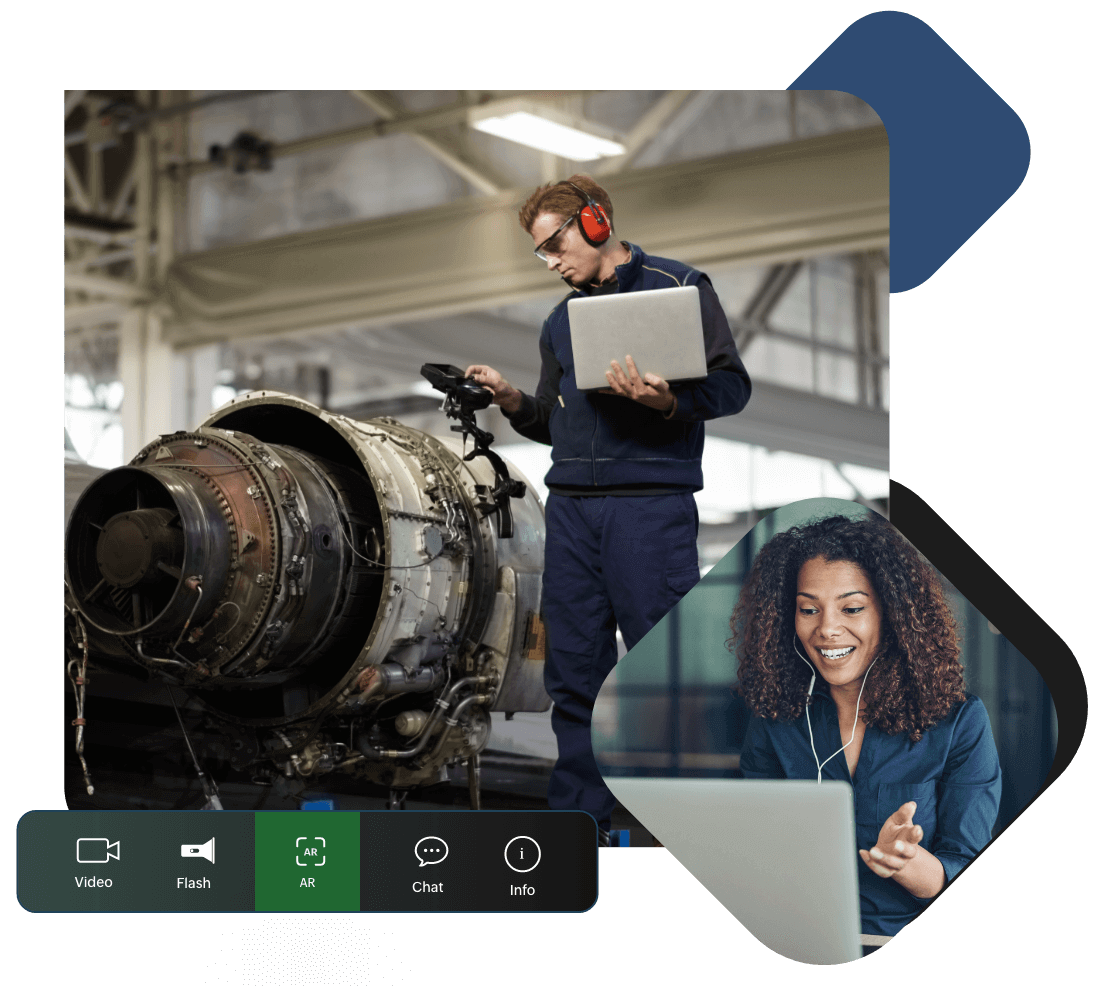
Healthcare
Smart glasses with AR software help doctors provide real-time diagnostic support for their remote patients. Paramedics can use them to accelerate emergency responses, easily relaying critical patient information to their supervising doctors through AR live streaming.
Learn more
Insurance
Claim adjusters can leverage smart glasses and AR technology for hands-free documentation of accident sites, live reporting, enhanced customer service, and claim verification, ultimately reducing processing times and improving overall company performance.
Learn more
Retail
Sales representatives can optimize the retail experience with smart glasses by giving virtual product demos to online customers. Using AR smart glasses software, store employees can improve inventory and warehousing processes for efficient picking, and faster shipments and deliveries.
Learn more
Construction
Construction supervisors can connect to their site workers' AR glasses and view construction progress in real time. Meanwhile, compliance officers can drop in remotely for quick inspections, correct document issues, and maintain visual records for future audits.
Learn more